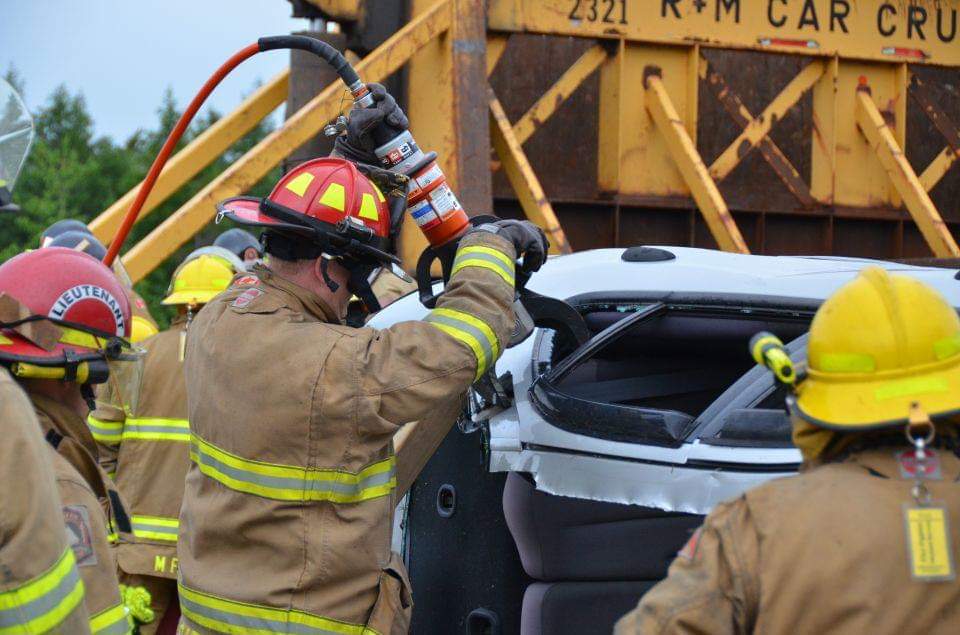**** HRFE Media Release
North American Vehicle Rescue Challenge 2019
As a result, career and volunteer firefighters benefit from learning new techniques and using tools to improve their department’s auto extrication and pre-hospital patient care skills.
The Transportation Emergency Rescue Committee (TERC) strives to be the leading authority in vehicle rescue through education, hands-on training and the sharing of ideas.
Extrication challenges contribute to reduced cases of injury and death of patients involved in transportation emergencies and enhance the safety of first responders. The competition simulates timed motor vehicle collisions with live patients where nine teams of six firefighters work together to extract a live patient. During this competition, firefighters receive invaluable training regarding safety, technique, and new vehicle and tool technology.
Event Details
Date: Competitions take place on Thursday, August 22 and Friday, August 23.
Time: Pits start at 8 a.m. and will run every 30 minutes concluding at 4 p.m.
Location: Dartmouth Crossing in the parking lot between McClure Close and Hector Gate (behind the Village Shops).
Competition Format
Each team is composed of six team members who will compete in three different categories referred to as pits.
- The first pit is unlimited, and any tool can be used.
- The second pit is limited, and the use of heavy hydraulic tools is not permitted (e.g. no “jaws of life”).
- The third and the final pit is called a rapid pit. In this pit, teams can use any tool but must remove the patient from the vehicle in half the time.
In the rapid pit, the patient’s condition is life-threatening, and time is critical. The unlimited pit and limited pit are 20-minute scenarios, and the rapid pit is a 10-minute scenario. In each pit, teams work together to stabilize the vehicles and make the area safe for both the patient and first responders.
Once the vehicles are safe and stabilized, teams must decide how they want to remove the patient from the incident. They must come up with two to three plans for the removal of the patient in case the first doesn’t work. Complications can happen, and teams will need to change plans quickly.
The teams are tested on their skill and knowledge of vehicles and their medical skills. Teams will have to assess the patient’s injuries and start treating the patient before removing them.

